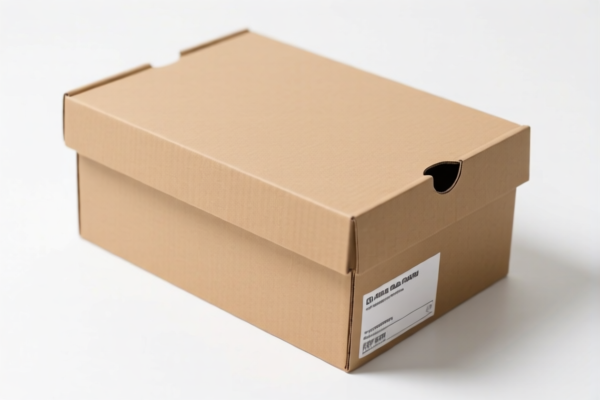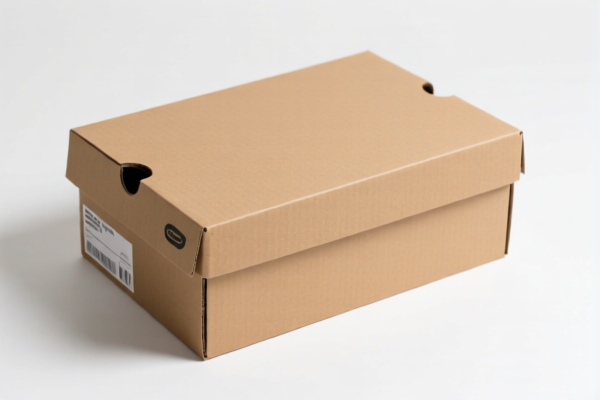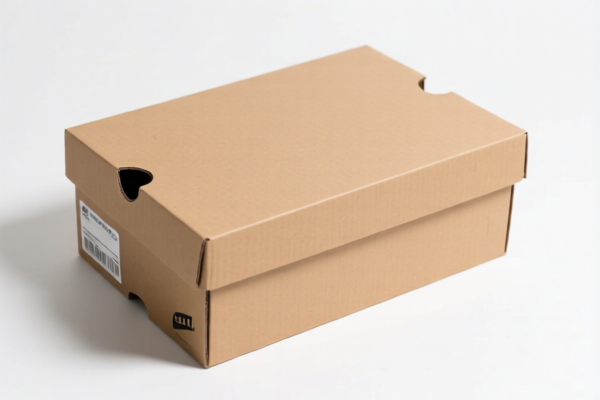| HS Code | Official Doc | Tariff Rate | Origin | Destination | Effective Date |
|---|---|---|---|---|---|
| 6405902000 | Doc | 41.3% | CN | US | 2025-05-12 |
| 6405209080 | Doc | 42.5% | CN | US | 2025-05-12 |
| 4202929100 | Doc | 72.6% | CN | US | 2025-05-12 |
| 4202929700 | Doc | 72.6% | CN | US | 2025-05-12 |
| 4205000500 | Doc | 57.9% | CN | US | 2025-05-12 |
| 4205008000 | Doc | 55.0% | CN | US | 2025-05-12 |




Shoe Container
A shoe container is a receptacle designed for the storage and organization of footwear. These containers serve various purposes, ranging from simple protection against dust and damage to facilitating efficient packing and transportation.
Materials
Shoe containers are constructed from a diverse array of materials, each offering unique properties:
- Cardboard: The most common material, valued for its low cost, recyclability, and ease of manufacturing. Often used for retail packaging and general storage. Variations include single-wall, double-wall, and corrugated cardboard for differing levels of durability.
- Plastic: Provides greater durability and resistance to moisture compared to cardboard. Commonly used for stackable containers, clear plastic boxes allow for easy identification of contents. Types include polypropylene (PP) and polyethylene (PE).
- Fabric: Often used for shoe bags or non-rigid containers, offering breathability and protection against scuffs. Typically made from materials like non-woven polypropylene or canvas.
- Metal: Less common, but used for robust storage solutions, particularly in industrial or commercial settings.
- Wood: Used for decorative or high-end shoe storage, often featuring hinged lids or shelving.
Purpose
- Protection: Shields shoes from dust, dirt, scuffs, and potential damage during storage or transit.
- Organization: Facilitates neat and efficient storage, preventing shoes from becoming disorganized or misshapen.
- Stacking & Transport: Many containers are designed to stack securely, maximizing space efficiency during moving or storage.
- Display: Retail packaging often serves a dual purpose, protecting shoes and presenting them attractively to customers.
Function
- Containment: Securely holds shoes, preventing them from shifting or falling out.
- Ventilation: Some containers incorporate ventilation holes or breathable materials to prevent odor buildup and moisture accumulation.
- Visibility: Clear plastic containers or those with transparent panels allow for easy identification of shoe contents without opening the container.
- Portability: Handles or ergonomic designs facilitate easy carrying and transportation.
Usage Scenarios
- Retail: Packaging for new shoes sold in stores.
- Home Storage: Organizing shoes in closets, bedrooms, or storage rooms.
- Travel: Protecting shoes during air travel, road trips, or other forms of transportation.
- Moving: Packing shoes securely for relocation.
- Collection: Storing valuable or collectible shoes.
Common Types
- Cardboard Boxes: Single-wall or double-wall boxes, often with a hinged lid.
- Plastic Shoe Boxes: Stackable, clear or opaque boxes with secure lids. Available in various sizes and shapes.
- Shoe Bags: Fabric bags, often made from non-woven polypropylene, used for individual shoe protection.
- Over-the-Door Shoe Organizers: Fabric pockets that hang over a door, providing convenient shoe storage.
- Shoe Racks: Freestanding or wall-mounted racks designed to hold multiple pairs of shoes. While not containers per se, they serve a similar storage function.
- Under-Bed Shoe Storage: Low-profile containers designed to slide under a bed.
- Luxury Shoe Boxes: Often made from wood or high-quality cardboard, featuring padded interiors and decorative finishes.
The declared goods, “shoes container,” can be interpreted as containers designed for holding shoes, potentially encompassing various types like trunks, suitcases, bags, or specialized boxes. Based on the provided reference material, the following HS codes may be relevant:
- 4202929100: This HS code falls under Chapter 42, which covers articles of leather or of composition leather. Specifically, it relates to “Other: With outer surface of sheeting of plastics or of textile materials: Other: With outer surface of textile materials: Of man-made fibers (except jewelry boxes of a kind normally sold at retail with their contents) (670)”. This could apply if the container is made of textile materials with an outer surface of man-made fibers. The total tax rate is 72.6%, comprising a 17.6% basic tariff and a 25.0% additional tariff, increasing to 30% after April 2, 2025.
- 4202929700: Also within Chapter 42, this HS code covers “Other: With outer surface of sheeting of plastics or of textile materials: Other: Other: Other”. This is a broader category for containers with outer surfaces of sheeting of plastics or textile materials, without specific fiber composition requirements. The total tax rate is 72.6%, consisting of a 17.6% basic tariff and a 25.0% additional tariff, rising to 30% after April 2, 2025.
- 6405902000: This HS code is under Chapter 64, covering footwear and parts thereof. Specifically, it refers to “Other footwear: Other: Disposable footwear, designed for one-time use”. While primarily for footwear, if the “shoes container” is a disposable type designed for single use with shoes, this code may be applicable. The total tax rate is 41.3%, including a 3.8% basic tariff and a 7.5% additional tariff, increasing to 30% after April 2, 2025.
- 4205000500: This HS code, under Chapter 42, covers “Other articles of leather or of composition leather: Of a kind used in machinery or mechanical appliances or for other technical uses: Belting leather cut or wholly or partly manufactured into forms or shapes suitable for conversion into belting”. If the container is made of leather and used as a component in machinery or for technical applications related to shoes, this code might be relevant. The total tax rate is 57.9%, comprising a 2.9% basic tariff and a 25.0% additional tariff, increasing to 30% after April 2, 2025.
- 4205008000: Also within Chapter 42, this HS code covers “Other articles of leather or of composition leather: Other: Other: Other”. This is a general category for other leather articles not specifically defined elsewhere. The total tax rate is 55.0%, consisting of a 0.0% basic tariff and a 25.0% additional tariff, rising to 30% after April 2, 2025.
According to the provided reference material, the HS code options related to 'shoes container' are limited, with only the following 5 found.
Customer Reviews
No reviews yet.